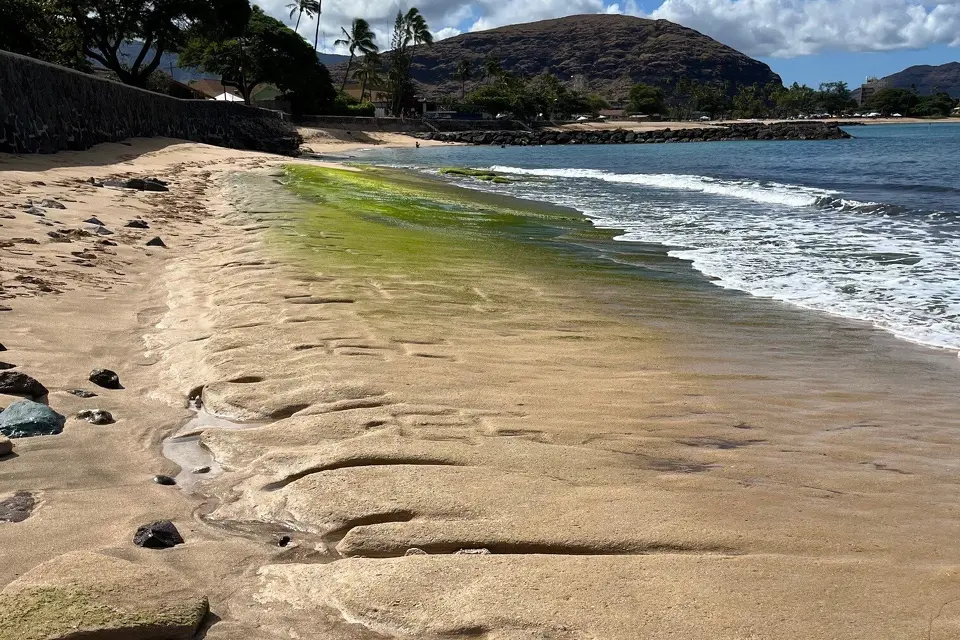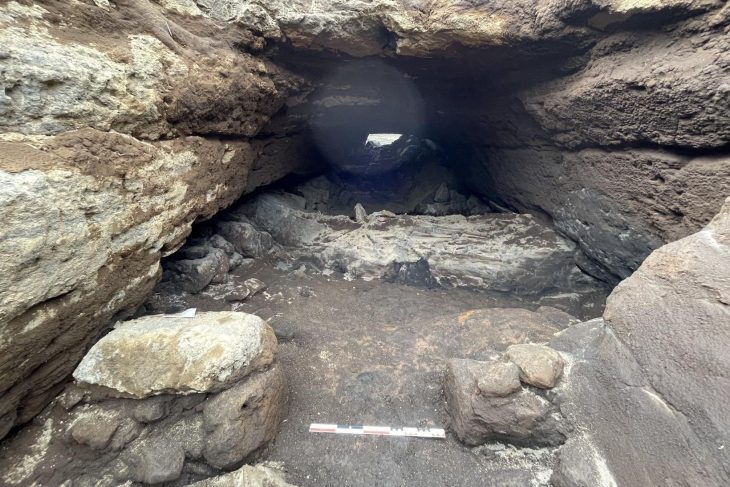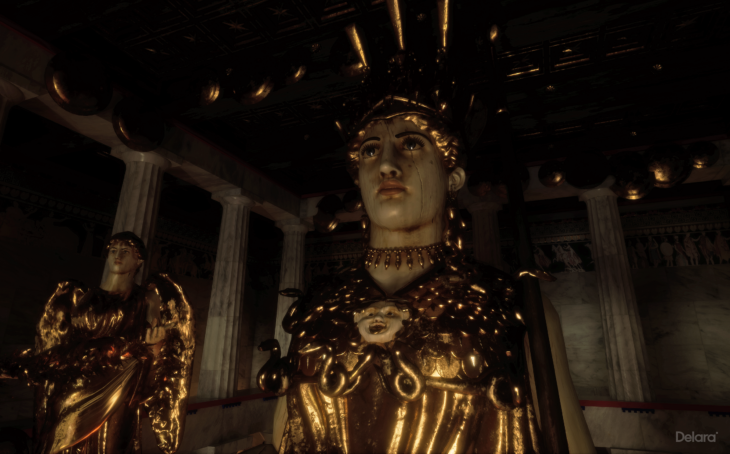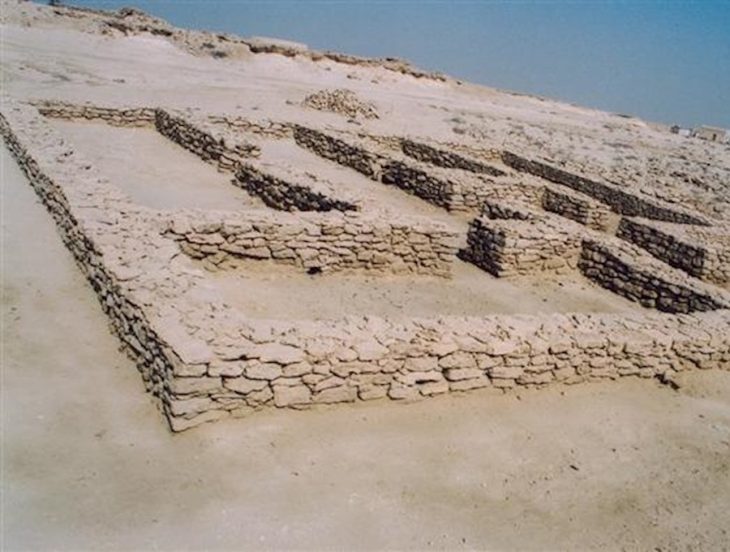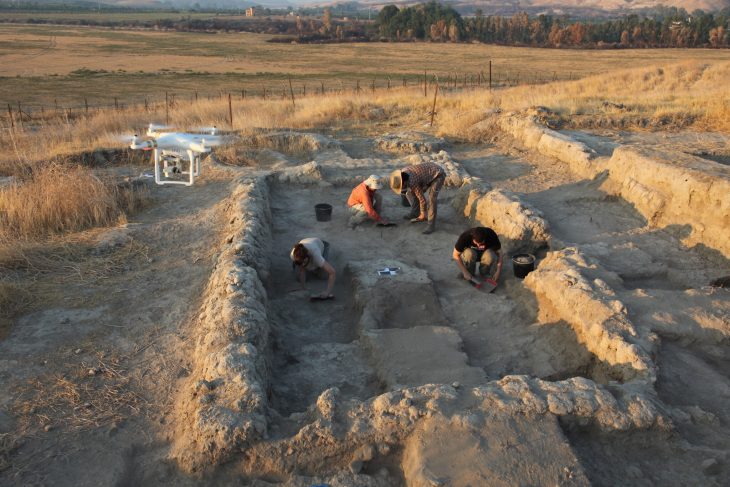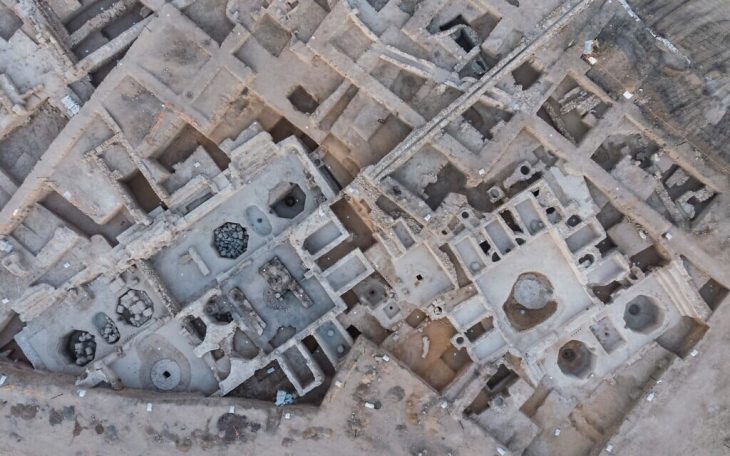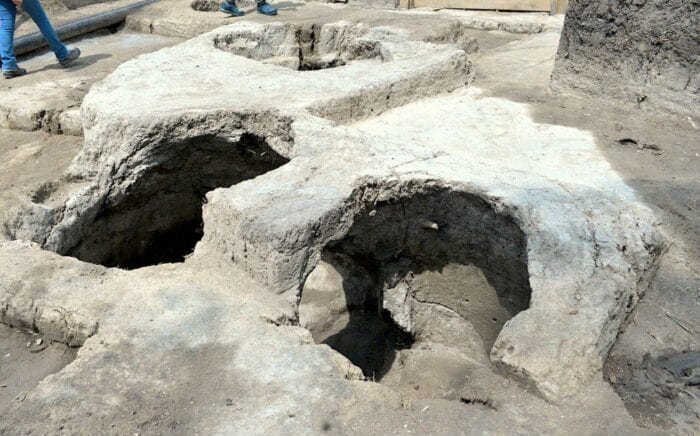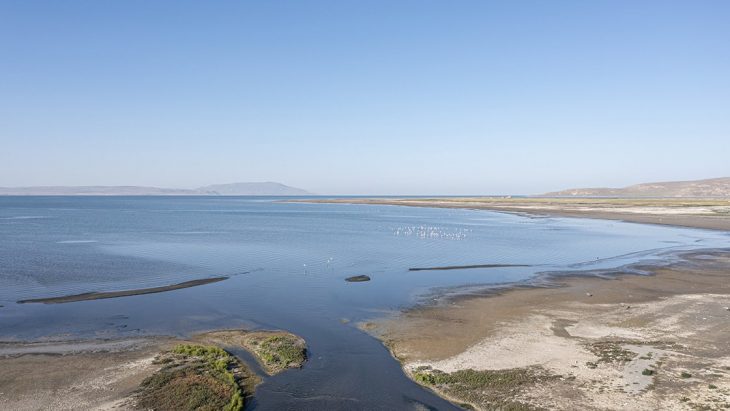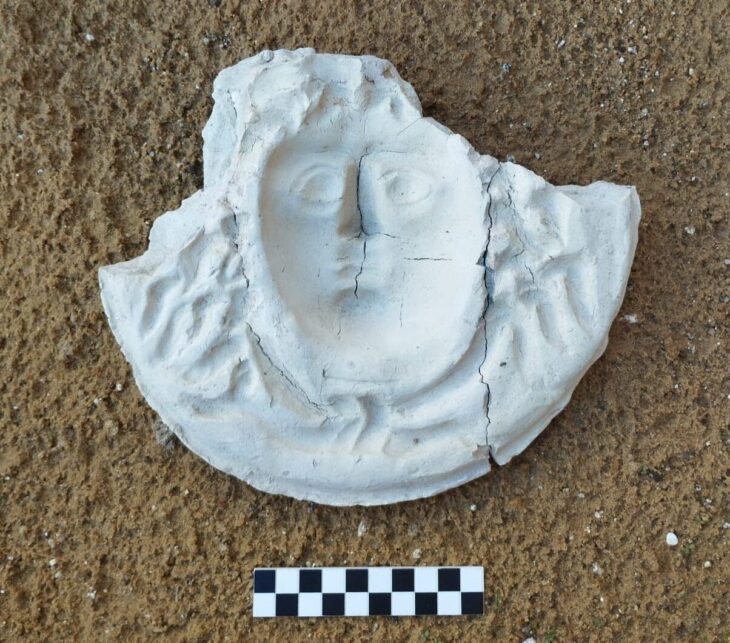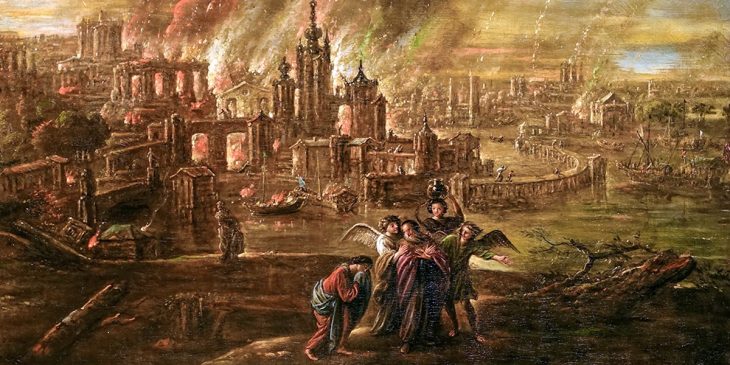A remarkable piece of Hawaii’s cultural legacy has resurfaced this month, as ancient Hawaiian petroglyphs were once again exposed along the west coast of Oahu. These large carvings, etched into sandstone centuries ago, emerged due to shifting sands and seasonal wave action—revealing 26 mysterious figures that have remained mostly hidden since their last appearance in 2016.
Located along the shoreline near a U.S. Army recreation center on the Waianae Coast, these petroglyphs are believed to be between 500 to over 1,000 years old. Most are anthropomorphic stick figures, some remarkably detailed, including two massive figures that feature defined fingers—a rare detail in Hawaiian rock carvings. The largest measures over eight feet tall and nearly eight feet wide.
“This is a natural process,” explained Nathan Wilkes, external communications chief for the U.S. Army Garrison Hawaii, “where the ocean and currents gradually uncover, and then later recover, these glyphs over time.”
The Hawaiian petroglyphs stretch across 115 feet of sandstone near the shoreline and become visible at low tide when the waves and current temporarily sweep the sand away. Covered for much of the year, their reemergence is often driven by seasonal weather, especially during storm activity from May to November, when stronger Pacific currents churn up sand and sediment.
While the site is open to the public, full access is somewhat restricted, as the adjacent military recreation area requires valid military identification. This limited access has sparked ongoing debate about the preservation of cultural heritage versus property use, especially considering the site’s deep importance to Native Hawaiians.
📣 Our WhatsApp channel is now LIVE! Stay up-to-date with the latest news and updates, just click here to follow us on WhatsApp and never miss a thing!!
To local families with generational ties to the coastline, the petroglyphs are far more than archaeological features. They are spiritual messages and ancestral symbols. In an interview with the U.S. Army in 2017, Native Hawaiian Glen Kila, whose family lineage on the Waianae Coast stretches back to the first Polynesian migrations, said one petroglyph with outstretched fingers reminded him of Maui the demigod, a central figure in Hawaiian mythology.
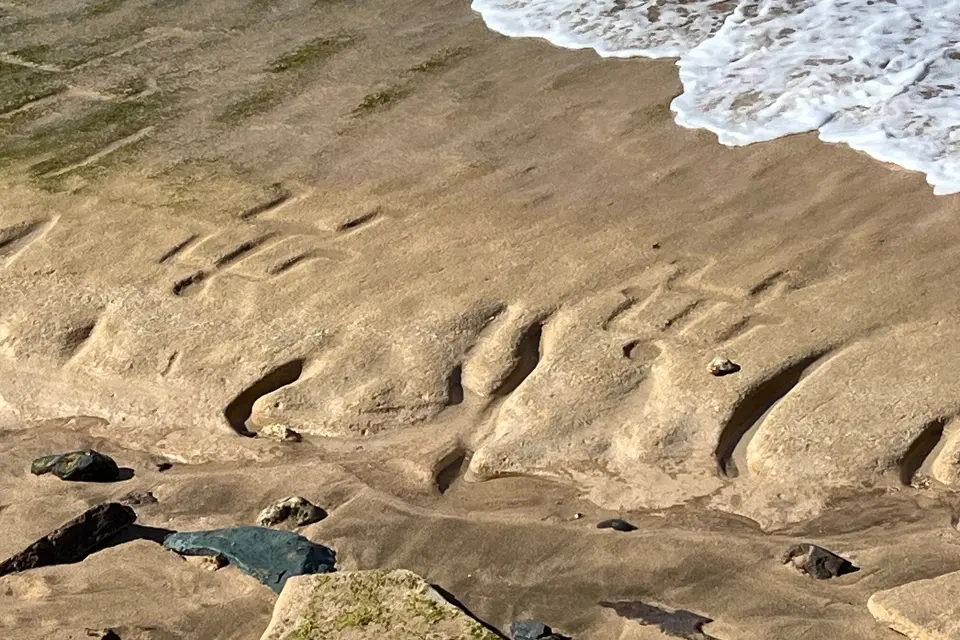
“My interpretation, just by looking at it, was Maui,” Kila shared. “Because of the way the fingers stretch from the east to the west—it’s symbolic of the rising and setting sun. That is a spiritual symbol, much like the cross in Christianity.”
Many scholars believe the Hawaiian petroglyphs may represent ceremonial narratives or cosmological cycles. The inclusion of raised arms in certain figures could signify sunrise and sunset or other ritual movements tied to natural events and spiritual beliefs. Their meanings, however, remain open to interpretation.
Carved by hand into relatively soft sandstone, these petroglyphs are vulnerable to erosion, weathering, and human impact. As a result, archaeologists and Army cultural resource specialists regularly monitor the area to ensure long-term protection. Still, they acknowledge that the ocean itself plays a vital role in revealing and concealing the ancient artwork—making each reappearance both a natural wonder and a fleeting glimpse into Hawaii’s deep past.
The land where these petroglyphs rest holds a complex legacy. Once home to Native Hawaiian communities, the area was acquired by the U.S. military in the early 20th century. Some families resisted relocation, exchanging lands inland to stay near ancestral territory. The presence of these carvings, pressed into stone along the edge of military-controlled land, underscores the tension between historical roots and modern land use.
As the sands begin to shift again in coming months, the petroglyphs may once more vanish beneath the shoreline—awaiting their next reappearance. Their brief visibility offers a unique reminder of Hawaii’s living cultural heritage and the resilience of Native Hawaiian identity across generations.
Cover Image Credit: U.S. Army Garrison Hawaii

